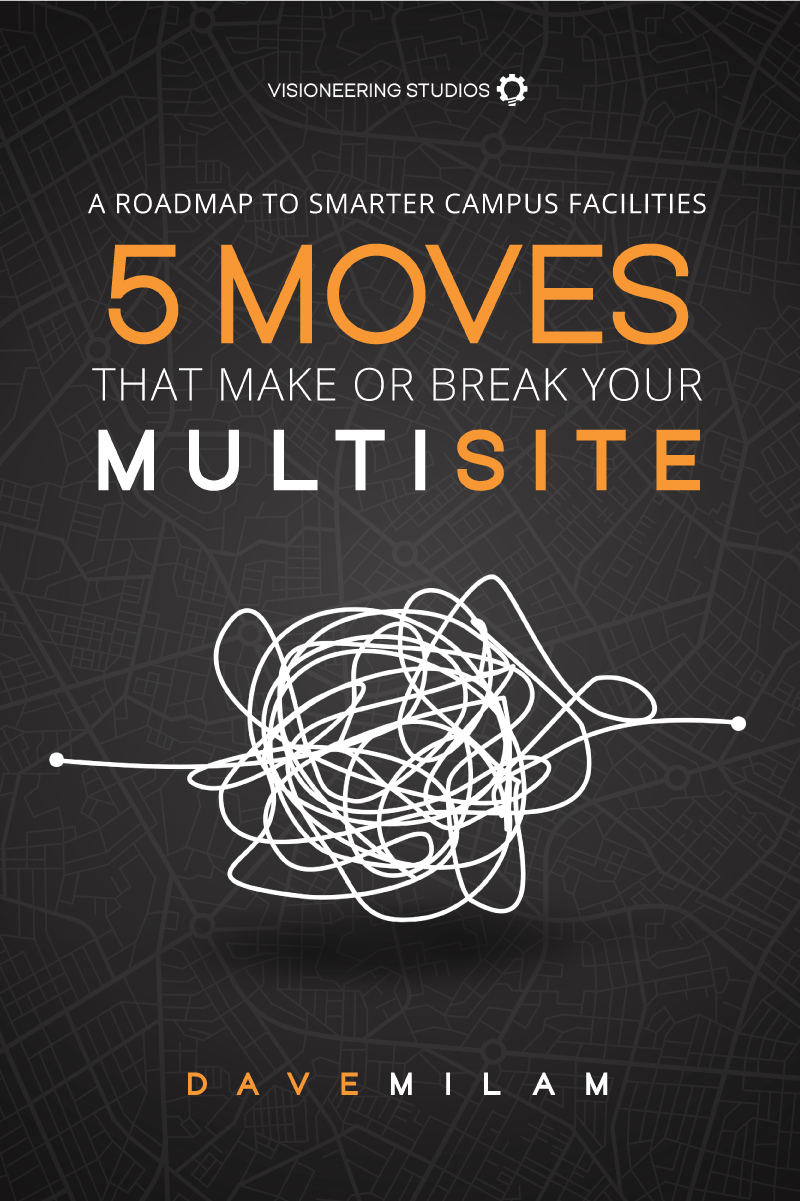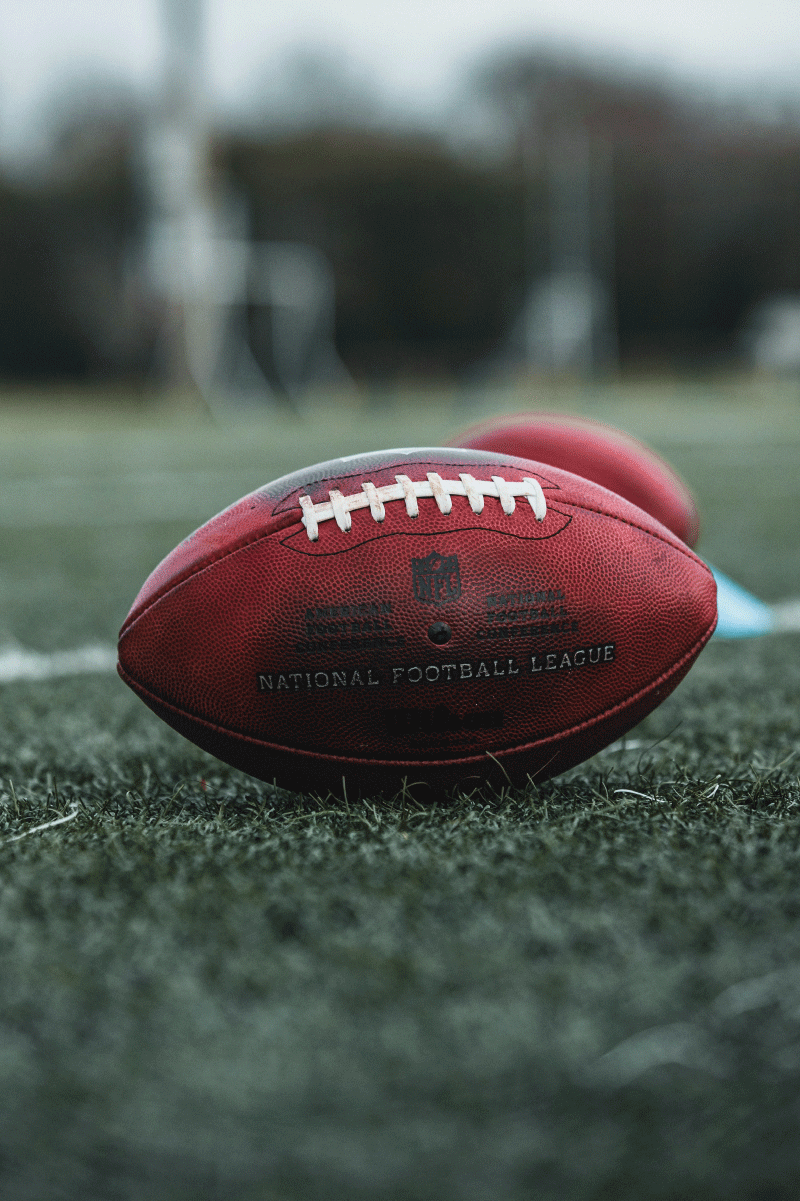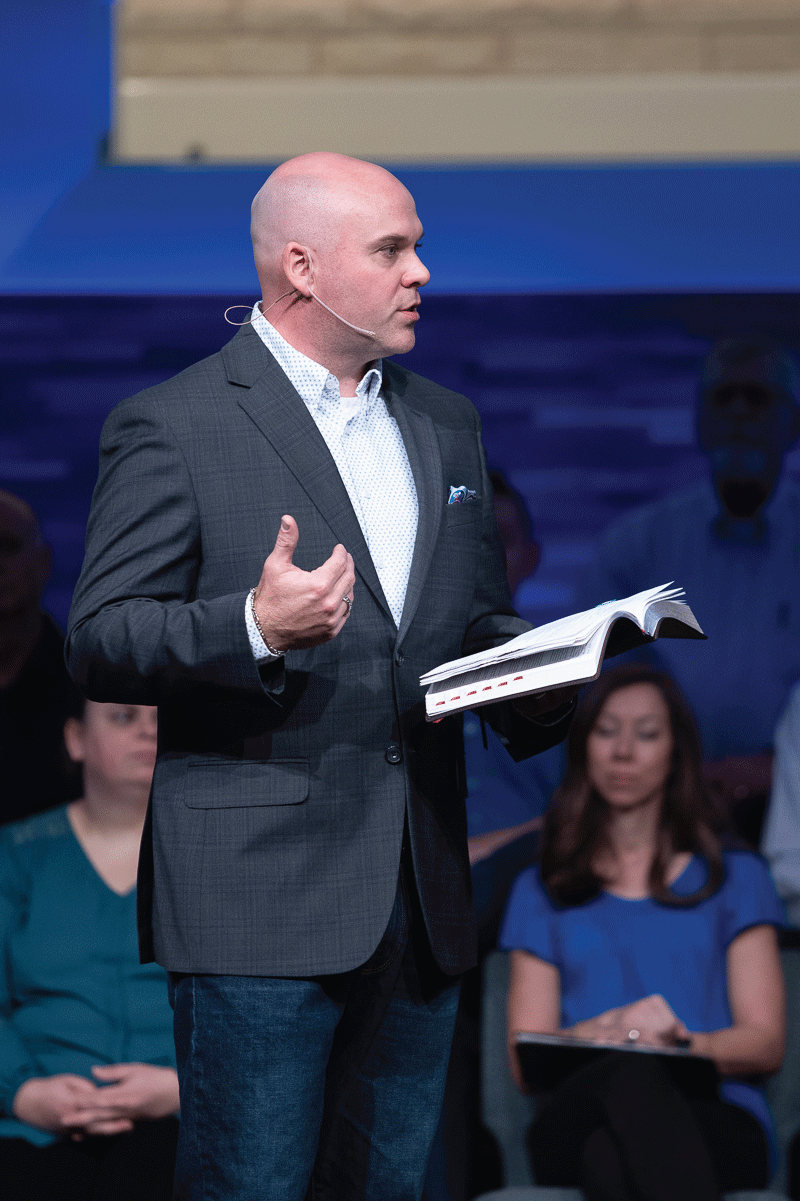
Campus Energy Savings: Ways To Cut Your Bills
Multisite campuses use heaps of energy, a great deal of it they probably don’t even need. But there are simple moves and fixes that staff can make to correct over-consumption and help save money for critical community initiatives.Gauging by Energy Star’s “Energy Efficiency Checklist for Worship Facilities,” here are two areas where simple changes can help a multisite building begin to register savings today: lighting and water. Take a look.
Lighting Checklist
Consider purchasing an inexpensive light meter (under $30) to assess whether any areas are over-lit, compared to requirements or design levels. During daytime and evening hours, identify where lights have been left on in unoccupied spaces (including worship area, offices, restrooms, classrooms, conference rooms, kitchen, family room, hallways, storage, library, etc.).
During the day, look for “day-burners” – that is, exterior and parking lot lighting that is on and should only be on at night, and which has a failed or dirty light sensor.
If upgrading your exterior lighting, consider shielded fixtures to direct the light where needed and reduce light pollution.
Identify and assess opportunities to use automated lighting controls: 1) Occupancy motion sensors for low-traffic areas. 2) Timers or daylight sensors to turn off exterior and parking lot lights during the day. 3) Dimming controls in locations where natural lighting (e.g., near windows, skylights, light tubes) can temporarily supplement or replace fixture lighting.
Confirm that lighting controls are installed to “see” what they must and are operating as intended.
Assess cleanliness of lamps/fixtures (dust, bugs, any debris) and the need to institute a regular cleaning plan for maximum light output.0
Identify where reflectors can be practically added to amplify existing lighting.
Consider opportunities for de-lamping, and de-energize and/or remove ballasts that are not in use.
Evaluate the opportunity to upgrade to more energy-efficient lighting options: 1) Replace T12 fluorescents and obsolete magnetic ballasts, ideally with tubular LEDs (TLEDs). Retain existing T8s or T5s with electronic ballasts through their useful life. 2) Upgrade incandescent and CFL bulbs to LED (especially for task lighting or specialty/decorative applications). 3)Replace incandescent or CFL exit signs with an LED model, or LED retrofit kit. 4) Recycle/dispose of all fluorescent tubes/CFLS and magnetic ballasts properly at your lighting or building supply store.
Water Checklist
Interior Hot and Cold
Survey water use to identify major uses; find and fix any leaks— especially hot water leaks.
Typically, set temperature 110 – 120 degrees or per local code to prevent scalds and to save energy and money.
Consider “tankless” heaters (on-demand) for low-use areas.
Insulate 7-year-old or older water heaters and the first 3-feet of heated water “out” pipe.
Exterior Savings
Survey water use to identify major uses; find and fix any leaks—especially with irrigation.
Water-efficient irrigation products and practices—such as native plantings, water budgeting, seasonal scheduling, or WaterSense labeled weather-based irrigation controllers—could cut the amount of water lost outside by as much as 50%.
Resources: Energy Star is a joint program of the Environmental Protection Agency, EPA, and the Department of Energy, DOE. Find Energy Star product information, calculators, local retailers and rebates at www.energystar.gov/products and find lighting, fans and more lighting facts at www.energystar.gov/lighting.
EPA’s WaterSense program for water-saving labeled products and rebates and for outdoor water efficiency tips. Learn best practices at www.epa.gov/watersense and download EPA’s Saving the Rain: Green Stormwater Solutions for Congregations.



